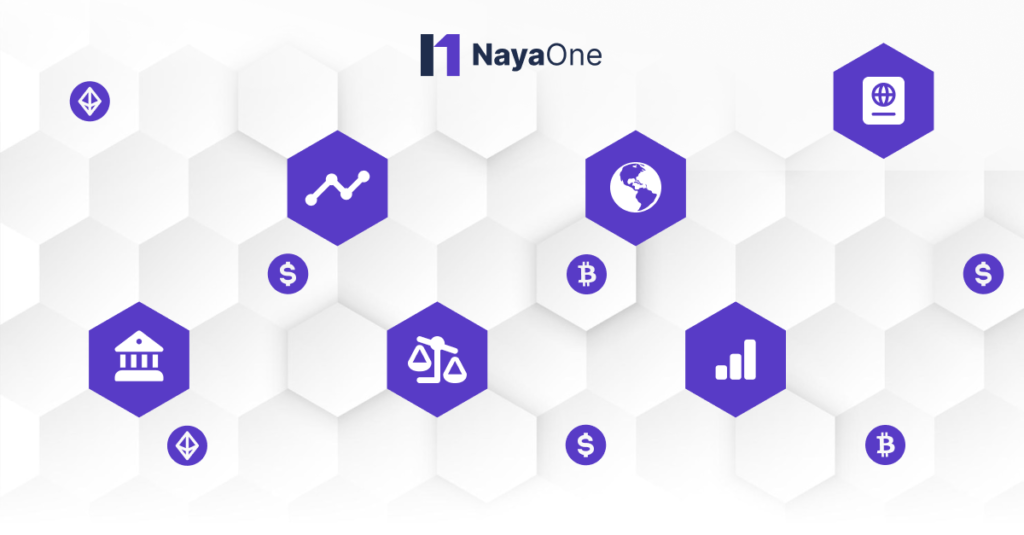
Varun Resh
Fintech & Emerging Technologies
The U.S. Federal Reserve has recently published guidelines that establish a ‘transparent, risk-focused, and consistent set of factors for Reserve Banks to use in reviewing requests to access Federal Reserve accounts and payment services’. This initiative is set to allow crypto banks to enter the U.S. banking system in a more regulated manner.
Crypto companies have long shown interest in seeking bank charters for two primary reasons. Firstly, holding a bank or trust charter increases an organisation’s credibility and opens up potential clients for them. This is principally due to the regulations inherent within the charter and the subsequent mitigation of credit and operational risks. Secondly, being a bank also means no longer needing to rely on a bank intermediary for accessing the US financial system.
The guidelines oversee the process by which “institutions offering new types of financial products or with novel charters” could be granted “master accounts.” These are a key financial status possessed by all federally-chartered banks, that allows for direct payments with, and access to, the Federal Reserve. A three-tiered system has been proposed to evaluate the risk levels of the applicant institution.
- Tier 1: Federally insured applicants
- Tier 2: Applicants that are not federally-insured but still subject to “subject prudential supervision by a federal banking agency.”
- Tier 3: Applicants that are “not federally insured and not subject to prudential supervision by a federal banking agency.” This category is where crypto banks would most likely fit.
The level of scrutiny that a Federal Reserve Bank branch applies to an applicant is directly dependent on the application tier which is determined by their level of regulation.
The guidelines are substantially similar to those proposed by the Federal Reserve Board in its May 2021 proposal and March 2022 supplemental proposal, that included principles to identify and mitigate risks, promote a safe, efficient, inclusive, and innovative payment system and ensure that the applicant institutions are treated in a fair and equitable manner.
According to Lael Brainard, Vice Chair, Federal Reserve Board, “The new guidelines provide a consistent and transparent process to evaluate requests for Federal Reserve accounts and access to payment services in order to support a safe, inclusive, and innovative payment system.”
The guidelines are intended to limit the potential systemic risks posed by the interconnectedness of digital assets with other segments of the financial system by establishing a robust supervisory and regulatory framework for the financial industry. As the cryptocurrency economy becomes more entwined with the traditional economy, regulators recognise that the future of financial supervision is digital. In order to be prepared for the future of compliance, regulators are conducting techsprints to gather multi-sectoral insights on cryptocurrencies and other emerging technologies that can have a significant influence on the global economy and digital innovation.
Whilst the guidelines do not explicitly grant a bank status to crypto banks, the initiative indicates a horizon of possibilities and new product capabilities through experimentation and partnerships within the financial services industry.
The guidelines necessitate the creation of a fintech innovation ecosystem that can accelerate innovation by enabling interaction between regulators, financial institutions, government bodies, fintechs and other stakeholders on an integrated platform. Aligned to similar principles, NayaOne’s Digital Sandbox based techsprint platform brings stakeholders to an outcome-oriented platform and empowers them to address crucial challenges of social and industrial concern and develop pragmatic solutions using NayaOne’s Hackathon-as-a-Service. Using NayaOne’s DLT Sandpit, custodians, financial institutions and digital asset companies can prototype and implement solutions on use cases such as interoperability, crypto data analysis and strategy testing with 80% less time and expenses than the industry standard.
NayaOne marketplace provides access to innovative solutions covering a wide range of use cases such as custody, trading, compliance and asset management. The Digital Sandbox facilitates the discovery and evaluation of new, emerging solutions on a number of use cases, in a secure and controlled environment. Finally, to complement the evaluation, synthetic data helps run pilots, build PoCs and predict product-market fit outcomes efficiently.





